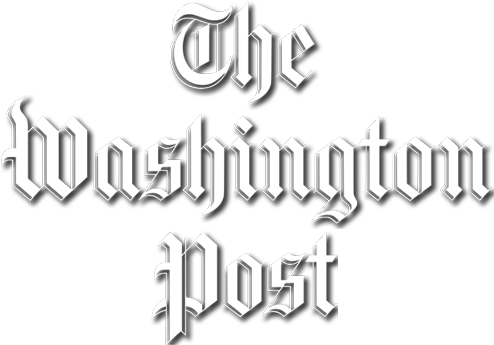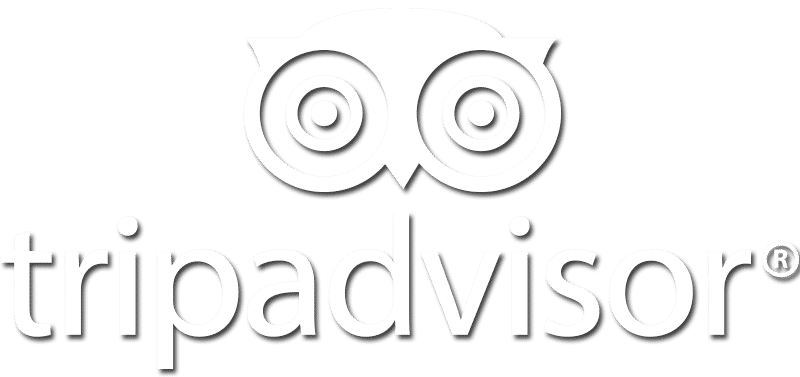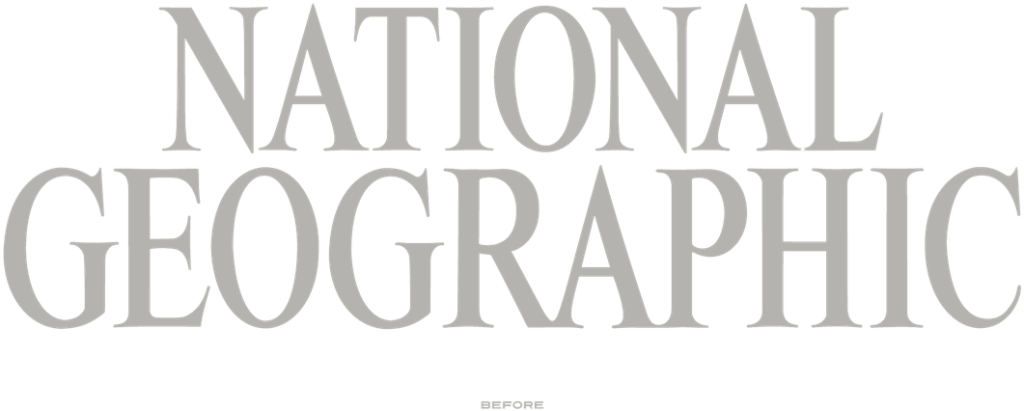A safari guide to Namibia, things to do, where to stay and the star attractions here.
Namibia is located on Africa’s west coast between Angola and South Africa; Namibia is a very unique and attractive country with the desert landscapes, rich cultures and lots of wildlife. It is among the least populated countries in the world with an estimated population of 2.9 million people, languages spoken in this country are Oshiwambo, English, Afrikaans, and German. Namibia can be visited at any time of the year. The wet season is the best time for bird watching, scenery viewing and photography while the dry season, it is just the best time for game viewing.
The country is huge and endowed with many tourist attractions including the Etosha national park, Kalahari Desert, Sossusvlei, Fish River Canyon. Most of these attractions are located in remote places , it better visitors be ready for long drives especially to places like the Fish River Canyon, but in the end of it all whether long or short drives, your expectations are met since you get a great and wonderful time while in Namibia.

ATTRACTIONS AND THINGS TO DO
Etosha National Park Safari Namibia
Etosha is one of Africa’s great and Namibia’s greatest National Park. It is situated in the northern part of the country just around the edges of the vast salt pan. Wildlife lovers find this park the best for game viewing since it has over 114 mammal species including the black and white rhinos, cheetahs, leopards, elephants, brown and spotted hyenas, roans, red hartebeests, wildebeests, black-backed jackals, elands, zebras, and lions; also bird lovers can never be left out, the park is home to over 340 bird species such as the flamingos, blue cranes, secretary birds, ostriches, Walberg’s and tawny eagles. The park is endowed with great and spectacular landscape such as the shrubs and grassy plains, woodlands, the ancient salt pan, rivers, springs among others.
Enjoy Namibia safari activities like sunset and sunrise game drives whereby you could opt for a self-drive or use the lodge (it’s advisable to do game viewing in the dry season from June to September), bird watching, photography, nature walks, also visit the Salt pan which is an ancient pan formed over 2 million years ago, this pan fills with water during and after the rainy season. There are several accommodation facilities in the park starting with the lodges such as Okaukuejo lodge, Halali, Little Ongava lodge, and Villa Mushara to the 3 main camping sites.
Sossusvlei Safari
Sossusvlei is one of Namibia’s tourist attractions; it is a clay and salt pan located in the Namib-Naukluft National Park in the south of Namib Desert (one of the oldest deserts in the world), the word Sossusvlei means ‘dead-end marsh’ where by ‘soussus’ is a Nama word for ‘dead end’ or ‘no return’ and ‘vlei’ is an Afrikaans word to mean ‘marsh’. Sossusvlei is surrounded by red dunes and other dunes some of the tallest in the world, they really dive a nice spectacular view, watch the sunset rising, take photos, an amazing experience; also climb Dune 45, the Deadvlei and the Big Daddy (it is the most challenging dune to climb). Visitors can have an added experience by visiting the Namib Sand Sea which is a UNESCO World Heritage Site.
Also there is chance of seeing wildlife like springbok antelopes and the desert-adapted gemsbok. The best time to visit Sossusvlei is from August to October during spring or from March until May in autumn; during these seasons there is cool air that enables photography conditions and offers clearer skies, also the temperatures are milder whole day. Stay at Sesriem camp while in this area since it is located just within the park also there are various lodges one can stay in such as the Namib Desert lodge, Kulala Desert lodge, Namib Dune Star Camp among others.
Swakopmund Safari
Swakopmund is Namibia’s leading seashore city located west of Windhoek (Namibia’s capital city); you can also call it a coastal city. Swakopmund is the fourth largest city in the country and was established in 1892 by German colonialists. It is a great and rich place with interesting history from way back during the German colonial times. Tourists can visit the Marine Museum which displays inshore reed marine life, Swakopmund Museum which has amazing displays of ethnology, fauna, flora, mining, archeology, and history.
Visit other places like the old buildings constructed in the 1900s by the Germans such as Damara tower, the Kaserne, Woerman House, the Alte Bahnholf, the neo-baroque Lutheran Church, this city also has a variety of bakeries, bars and restaurants where you can get seafood from. There is another attraction near Swakopmund called the Walvis Bay and it is a nice place for bird watching, there are always many flocks of flamingoes can be seen along.
Other activities like surfing, skydiving, mountain biking, diving, offshore fishing, horse-riding, dolphin cruises, dune-boarding, quad-biking, swimming, and sand-boarding can be done. There is a Golf course that is developing into the world’s best desert course called the Rossmund Golf Club. Make your dreams come true by visiting this area; there are no worries of where to stay as there are many accommodation options ranging from homely guest houses to luxury hotels such as the Lagoon Lodge, Namib Guesthouse (found in the centre of the town), the Secret Garden Guesthouse, Meerkat Guesthouse (luxury), Villa Magherita (luxury guesthouse found in the heart of Swakopmund), Hansa Hotel, Swakopmund Sands Hotel among others. Generally are you an adventure seeker? Visit Swakopmund and the Walvis Bay!

Caprivi Strip
The Caprivi Strip is an isolated narrow extension of Namibia in the east from the Kavango region, this strip is about 450 km between Zambia and Angola in the North and Botswana in the south. Caprivi Strip is totally different from other parts of the country; it is administratively divided into two; the western okavango east region and the eastern Zambezi region. The strip is bordered by Zambezi, Kwando, Okavango and Chobe rivers. This area is mainly known for its breath taking rivers, culture, abundant vegetation and wildlife, its home to over 425 bird species hence a nice area for bird watching.
The best way to view the Caprivi Strip is on water while cruising on a sundowner cruise or a houseboat. There are various attractions in the strip such as the Mamili National Park and Mahango Game Reserve. Concerning accommodation; it is affordable, beautiful and available where by most lodges lie on the river banks. The options range from back packer hostel to luxurious lodges.
Damaraland Safari
Damaraland is a UNESCO World Heritage Site, bordered by Namib Desert in the west, Ovamboland in the North, Windhoek in the south and Kalahari Desert in the East. Damaraland has various features to see such as Rocky Mountains, Khaki plains, Klip River, rock engravings, and amazing desert wildlife among others. Visitors can enjoy tracking desert elephants and rhinos and also take pleasure relaxing and watching the interesting scenery.
This area is divided into the Southern Damaraland where you find many historical and geographical attractions camping expeditions and the Northern Damaraland where you can find a lot of game which have made home along Hoanib River, also the landscape is amazing with rolling grassy hills with doted acacia and mopane trees, this makes this area great for game viewing and bird watching in Namibia. Lodging and camping options in Damaraland are affordable and available including the Desert Rhino Camp, Vingerklip lodge, Mowani mountain camp (luxury), Ugab Terrace Lodge, Doro Nawas, and Hoada campsite among others.
Kaokoland Safari
Kaokoland is located in the uncharted valleys and mountains in the North of Namibia; it is famously known as Southern Africa’s last true wilderness, it is a rugged area and one of the least populated areas in Namibia. Kaokoland is home to the Himba people; these are traditional nomadic pastoralists that mainly rely on raring goats and cattle, their cultures, dress codes, life style and how they live along with wildlife is amazing just like the Maasai people in Kenya who stay in the Masai Mara.
With such culture, visitors can have cultural visits and desert elephant and rhino tracking while here. There also other attractions you cannot miss out such as the Kunene River which is endowed with many crocodiles, sycamore figs, jackal berry trees, makalani palms among others. Eupupa falls and Ruacana falls can’t be left out also; they give great and spectacular views of water falling through the rocks, the Epupa falls a slightly hard to reach, but still when you get there it is an amazing experience.
Accommodation options are available ranging from camps to lodges such as Epupa falls lodge, Serra Cafema Camp (a spectacular lodge in the most remote region), Okahirongo Elephant lodge, Opuwo Country Hotel (tidy and comfortable), Mopane Camp, Ohakane lodge, Hobatere lodge, Kunene River lodge, Fort Sesfontein lodge among others. Enjoy your stay at any of these camps or lodges!
The skeleton Coast
The Skeleton Coast is a name usually used to describe the whole Namib Desert but it is the northern part of the Atlantic Ocean coast of Namibia. This name skeleton coast was brought about by author John Henry Marsh, who wrote a book about the shipwreck of the Dunedin star. This coast is basically comprised of whale bones and shipwrecks that are scattered along the shore.
The scenery along the skeleton coast is one of the most spectacular and beautiful places in the world, this is because it is endowed with a lot of flora such as lichens, the attractive welwitschia and fauna including the rare brown hyenas, steenboks, kudus, springboks, gemsboks, rhinos and elephants, these always move cross the eastern parts looking for water and food, also the coast has a rich geology among others. While here one can go in for surfing or climbing dunes. It is really a great time spent here. Stay at Skeleton coast camp, Terrace Bay Resort, Cape cross lodge or the Hoanib skeleton coast camp.
Fish River Canyon
The fish river canyon is the second most visited attraction in Namibia, located in the southern part of Namibia and it is said to have been formed over 500 million years ago. It is 27 km wide in some places, 160 km long, and 550 m deep, this makes it the second largest canyon in the world. You cannot regret visiting this Fish River Canyon whereby you would have enjoyed hiking along the rim, which provides you with spectacular views including seeing wildlife like hyraxes, baboons and klipspringers. You can go into the canyon for a real adventure for a life time also have a scenic flight over the canyon and have the best view.
The hike takes 5 days and it is advisable to hike only in cooler months; from May to September. Accommodation here is in tent and hikers have to be dependent for all they need. There are lodges also near the fish River canyon such as Canyon Hotel, canyon Roadhouse, Hobas campsite, and Fish River lodge among others.
Kalahari Desert Safari
The Kalahari Desert is a great semi-arid desert that stretches from the eastern parts of Namibia to Botswana and some parts of South Africa; it’s made up of rolling red dunes covered with dots of golden grasses, and sandy savannah. It covers an area of about 900,000 sq km and most of this desert is spread in Botswana, though also Namibia has a share of its extensive landscape which harbors unique plant and animal species, it is also home to the Bushmen.
The Kalahari also has some environments which are not deserts such as Succulent Karoo (it is regarded as an eco-region) which has amazing numbers of plant species (over 5000). Most game parks and lodges in the desert give great opportunities for walking safaris, photography, game viewing, cycling tours, and scenic drives. A lot is to see and do in this desert whereby it is home to over 200 bird species, 50 mammal species and many red dunes dotted with sandy grasses. Spend a night at any lodge or hotel of your choice such as Auob country lodge, Kalahari Anib lodge, Bagatelle Kalahari Game Ranch, Zebra Kalahari lodge, and Africa safari lodge among others.
Windhoek Tours
Windhoek is located in the central Khomas highlands of Namibia; it is the largest and capital city of Namibia covering an area of 1,982 square miles, the population was 325,858 in 2011 but by now it could have grown since many people shift to the city centre. Windhoek has very many museums such as the Geology Museum, Owela Museum, the Transport Museum, and Alte Museum, Fascinating historical buildings like the Elephant Column, the Ink palace, and Christus Kirche among others, Galleries National Art Gallery of Namibia (they future the country’s art and craft), there are also craft shops.
Also visit the other interesting attractions in Windhoek such as the Meteorite Fountain, the Warehouse theatre, The National Botanical Gardens and the National Theatre of Namibia, these are just amazing to visit. The city has a lot of guest houses and safari-type lodges which are affordable and provide comfortable accommodation and other activities like birding, hiking and game viewing.
Bushmanland Vacations
Bushmanland is found in Northern part of Kalahari and is home to San communities; it has dune belts, great scenery, splendor and thorny veld. The San people live in harmony off the land in the lush plains, they are hunter-gathers. There are a lot of wildlife and amazing diamond night skies in this area. Visit Bushman land and experience what is called the true wilderness.
Brandberg Mountain Tours
The Brandberg Mounatin is located in the Northwestern part of Namib Desert in Erongo which is former Damaraland. It is Namibia’s highest Mountain with a height of 2573m above sea level and covers an area of 650 sq km. Its name Brandberg is translated as “Fire Mountain”, it can be seen from a distance on a clear day.
Brandberg is an artistic heritage whereby it has paintings which were painted over 16,000 years ago by the San Bushmen; there are over 43,000 images each with different meanings. The Mountain is also a great place climbers and hikers, and they can access the summit through following various routes on the mountain.
Best time to visit Namibia
Namibia can best be visited when the temperatures are slightly above 20°C from the month of July until October. During this time there is hardly any rain, the temperatures are bearable, the wildlife views are very rewarding as the vegetation is dry and tin and most animals can be seen around the few waterholes. There are fewer risks of catching malaria during this time. This in fact is Namibia’s peak tourist season which will require that you book your safari in advance to guarantee availability. Holidaymakers are also advised to keep in mind that September and November are normally very hot while the month of June and July experience very cold mornings so you should pack appropriately.
on the other had, the summer rains n Namibia start in November to April and during this season, the dry lands comes to life again as the vegetation turns green and the heavy down pours sometimes flooding parts of the desert. Visiting Etosha National Park in the month of December will on the other hand reward you with great views of wildlife, while those enthusiastic about bird watching, this will certainly be a good time to visit. Malaria at this time of the year is at high risk so all necessary precautions should be well observed such as taking anti-malaria prophylaxis, using insect repellents and sleeping under a treated mosquito net. January and February are the wettest months in the country and for that reason should be avoided as most of the roads are slippery and impassable.
Top Accommodation in Namibia
The country offers a variety of accommodation facilities ranging from the basic tented camps found within the Namib Desert, modern hotels in the City to the luxury safari lodges in the different National Parks such as Etosha National Park. Because many of the leading tourist destinations such as the Skeleton Coast, Kaokoveld and Darmaland are found within the remotest areas which can best be accessed by air, the country also boasts of several fly-in accommodations. Many of the safari camps and lodges are eco-friendly and are located in the leading wildlife destinations and offer various activities to their guests among which are: game viewing, guided birding tours, hot-air balloon safaris and biking tours.
Below are some of the popular lodges.
| Accommodation | Activities | Cost
|
| Serra Cafeman Camp
|
Boat Rides, Cultural tours, quad biking, nature drives, hiking, dune rides & walks | $660
|
| Hoanib Valley Camp | game drives, cultural tours
|
$630 |
| Ongava Tented Camp | game drives night drives, bush dining animal tracking | $500
|
| Ongua Tented Camp
|
Game Drives, Night Game drives walking tours
|
$500 |
| Chobe Savanna Lodge
|
Boat rides, cultural visits, river and boat rides, birding rides, fishing tours | $430
|
| Kulala Desert Lodge | Birding, Walks and drives in the dunes, Quad Biking, Hot air balloon rides, Game drives | $19O
|
| Namushasha River Lodge
|
Boat Rides, Game Drives, Fishing | $115 |
the above costs are per person when sharing
What to pack on a Namibia Safari
While packing for your safari in Namibia, you should keep in mind that the internal small flights offer a minimum luggage weight of 20kg so you should always pack light and only bring what you will need. In terms of clothing neutral colored clothes that are casual and comfortable are best recommended while on safari holiday.
Below is a list of the recommended things you need.
Sweater and Jacket for the early morning game drives and evenings at your lodge
Enough clothes preferably in Khaki, beige, green and any other neutral colors
T-shirts
Long sleeved Shirts and trousers
Comfortable but strong hiking shoes and flip flops to wear back at your lodge
Sunglasses, a hat, sunscreen, insect repellent and a small personal first aid kit box
Light weight rain jacket










